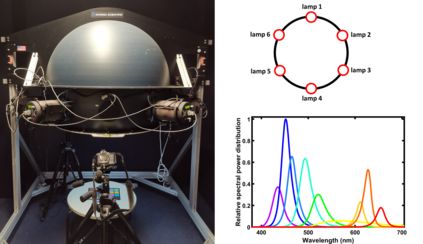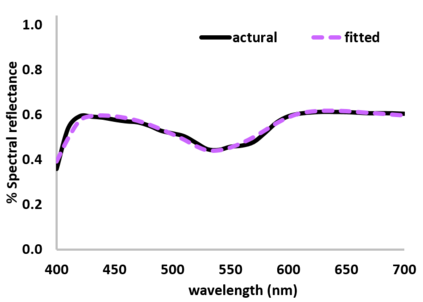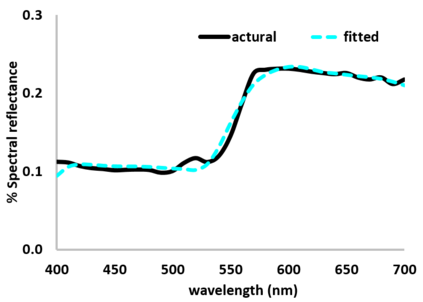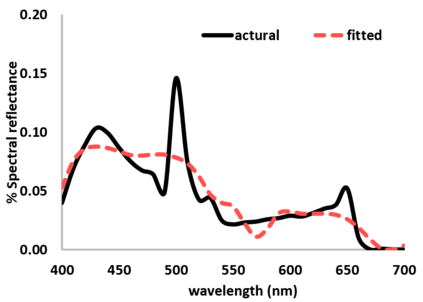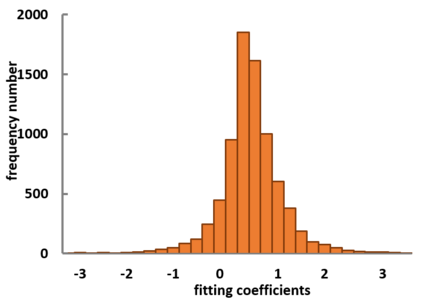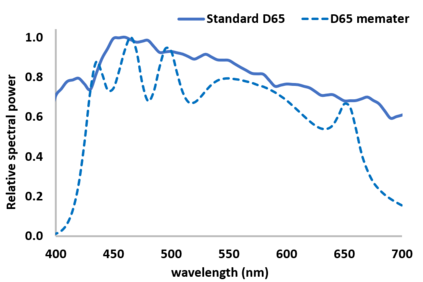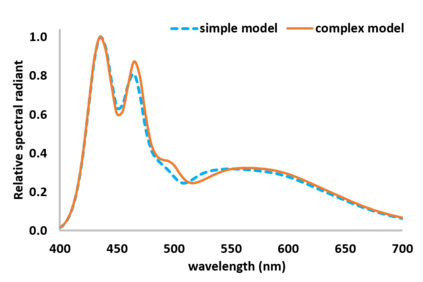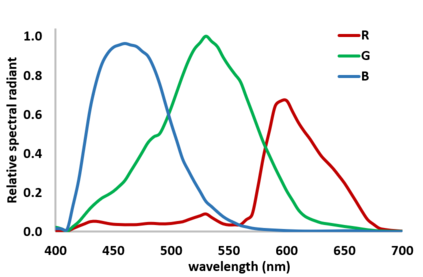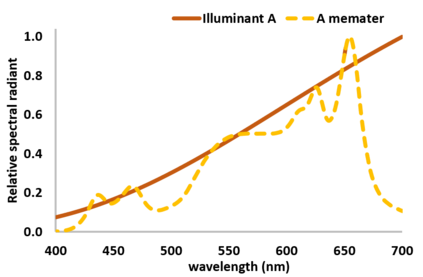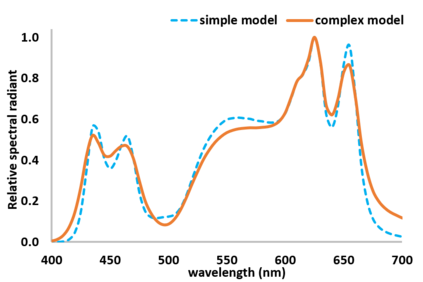In previous work, it was shown that a camera can theoretically be made more colorimetric - its RGBs become more linearly related to XYZ tristimuli - by placing a specially designed color filter in the optical path. While the prior art demonstrated the principle, the optimal color-correction filters were not actually manufactured. In this paper, we provide a novel way of creating the color filtering effect without making a physical filter: we modulate the spectrum of the light source by using a spectrally tunable lighting system to recast the prefiltering effect from a lighting perspective. According to our method, if we wish to measure color under a D65 light, we relight the scene with a modulated D65 spectrum where the light modulation mimics the effect of color prefiltering in the prior art. We call our optimally modulated light, the matched illumination. In the experiments, using synthetic and real measurements, we show that color measurement errors can be reduced by about 50% or more on simulated data and 25% or more on real images when the matched illumination is used.
翻译:先前的工作显示, 相机理论上可以通过在光学路径中放置一个专门设计的色彩过滤器, 使在理论上可以使相机更加色度 -- -- 其 RGB 与 XYZ Tristimuli 更加线性地与 XYZ Tristimuli 相联。 虽然先前的艺术展示了这一原则, 但最佳的色彩校正过滤过滤器实际上并没有制造出来。 在本文中, 我们提供了一个创造颜色过滤效果而不进行物理过滤的新颖方式: 我们使用光谱缓冲照明系统从照明角度重新定位预过滤效果, 从而调节光源的光谱。 根据我们的方法, 如果我们想测量 D65 光线下的颜色, 我们用一个调制的 D65 光谱重新点亮场景, 以调制的 D65 色前艺术中彩色预过滤的效果。 我们称我们最优化的调制的光, 相匹配的光点。 在实验中, 使用合成的和真实的测量方法, 我们显示在模拟数据上可以减少大约50%或更多50%的颜色测量误差, 和在实际图像上显示25%或更多。



